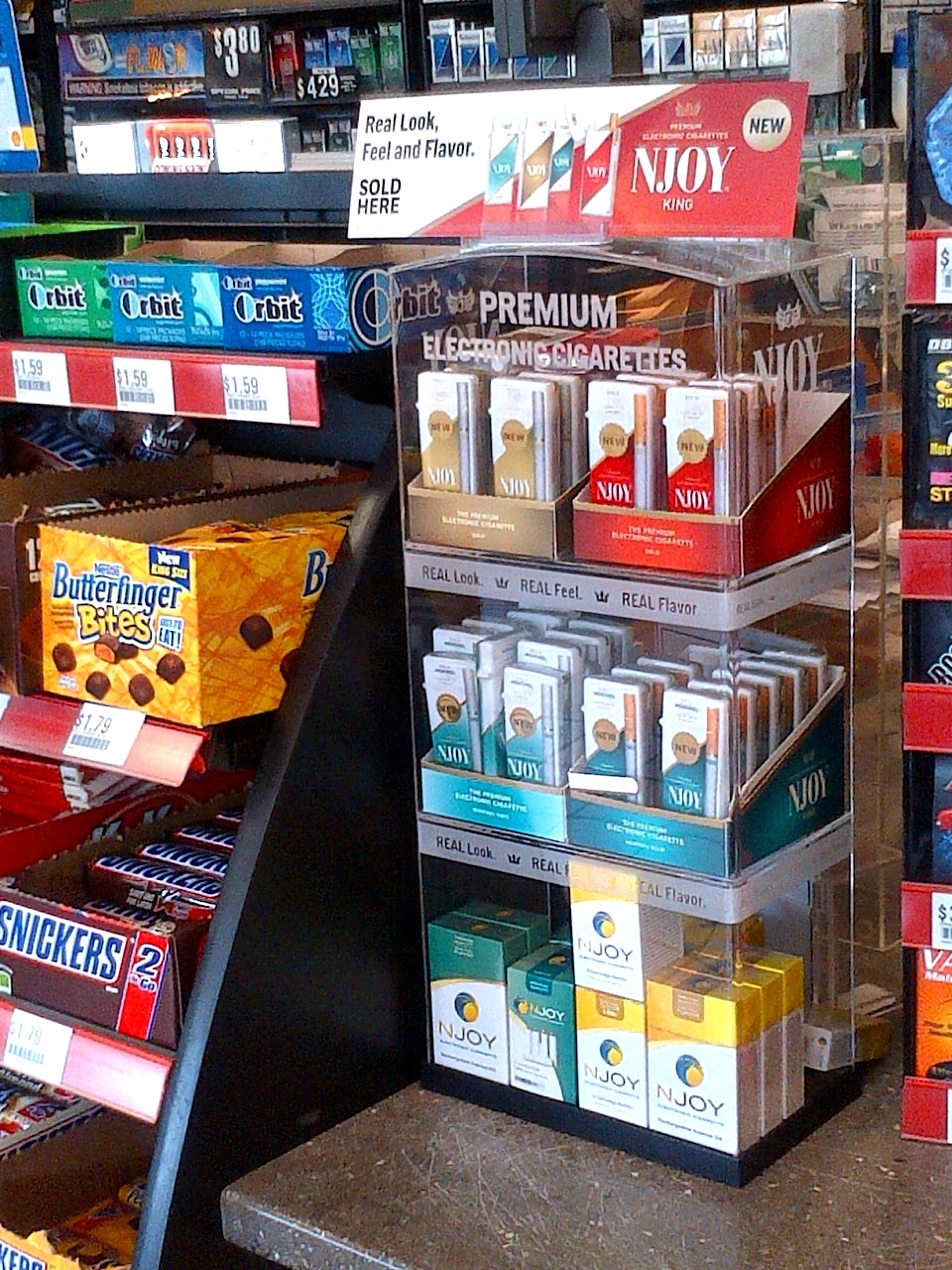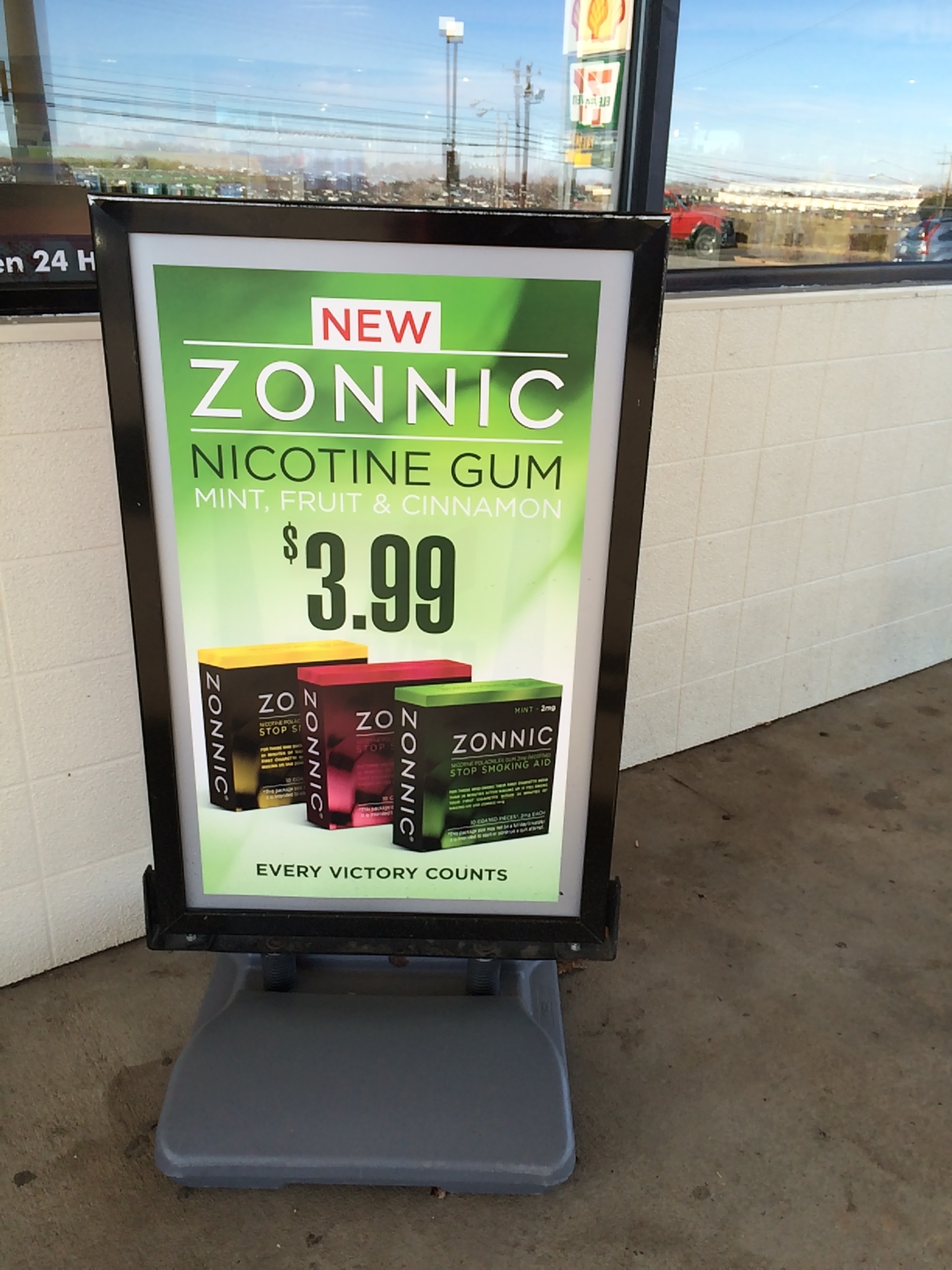Welcome to CounterTobacco.org’s “News and Research Roundup!” Each month we post a summary of the latest research, reports, and news stories on counteracting tobacco product sales and marketing at the point of sale (POS). Keeping up with what’s happening in the POS movement all across the country can help you choose policies and strategies that work best for your community. New research can help provide support for your work and evidence for the importance of the “War in the Store.” Have a story you don’t want us to miss? E-mail it to us!
New Research
- Tobacco retail outlet restrictions: health and cost impacts from a multistate life-table modeling in a national population, Tobacco Control
- A modeling analysis of 4 different tobacco retail outlet reduction strategies in New Zealand assessed the strategies’ effects on quality-adjusted life years (QALYs) gained as well as net costs over the 2011 New Zealand population’s remaining lifetime. The four policies assessed were the following: 1) reduce the number of tobacco retail licenses by 95% 2) only allow tobacco sales at 50% of liquor stores and nowhere else 3) prohibit tobacco sales within 1km of schools, and 4) prohibit sales at tobacco outlets within 2km of schools. Each strategy was modeled as phased in over a period of 10 years. The researchers found that all of the policies would reduce tobacco retail outlets by at least 89%, and all of the policies produced health gains and health care cost savings. Restricting sales to only 50% of liquor stores had the greatest effect, followed by prohibiting sales within 2km of schools. In addition, per capita QALY gains were much greater for New Zealand’s native Maori population compared to the non-Maori population, reducing health inequities.
- Availability and Placement of Electronic Nicotine Delivery Systems at the Point-of-Sale, Nicotine & Tobacco Research
-

E-cigs next to candy Point-of-sale store assessments at a random sample of 90 tobacco retailers in the Charlotte-Concord-Gastonia area of North Carolina showed that 97.8% of stores assessed sold cig-a-like devices, 41.4% sold e-hookah, 54.4% sold tank systems, and 56.2% sold e-liquids. Less than half of the stores placed electronic nicotine delivery systems (ENDS) solely behind the counter, although all grocery stores and most pharmacies surveyed did. At pharmacies, ENDS were likely to be placed beside cessation aids. Of convenience stores surveyed, 17.4% had ENDS placed next to candy, and two-thirds had them available in self-service displays, which allow youth to more easily access them.
- Learn more about e-cigarettes at the point of sale.
-
- Association Between Food Distress and Smoking Among Racially and Ethnically Diverse Adults, Schenectady, New York, 2013-2014, Preventing Chronic Disease
- A cross-sectional health interview survey and food environment assessment in Schenectady, NY showed an association between higher odds of smoking and each of six different indicators of food distress: 1) consuming 1 or fewer serving of fruits and vegetables per day, 2) food insecurity, 3) receiving SNAP benefits, 4) using a food pantry, 5) living in a neighborhood with low access to healthy food, and 6) shopping for food at a store with limited healthy food choices.. Stores types with limited food options also had more tobacco product availability and advertising. The researchers recommend increased collaboration between tobacco and nutrition public health workers on healthy retail programs and policies to both reduce tobacco use and improve dietary behaviors.
- Differences in Subjective Experiences to First Use of Menthol and Non-Menthol Cigarettes in a National Sample of Young Adults Cigarette Smokers, Nicotine & Tobacco Research
- This analysis of data from the Truth Initiative Young Adult Cohort Study found that among young adults ages 18-34 who had started smoking within the past 6 months, 52% started with a menthol cigarette. However, more younger smokers compared to older smokers and 93.1% of new black smokers compared to 43.9% of white smokers started with a menthol cigarette. Those who started with menthol also were less likely to report feeling nauseated during their first use (26.4% compared to 44.8% of smokers who initiated with a non-menthol cigarette). Researchers suggest this lack of nausea may contribute to menthol-initiators continued experimentation and use.
- Tobacco Industry Research on Nicotine Replacement Therapy: “If Anyone Is Going to Take Away Our Business It Should Be Us,” American Journal of Public Health
 Tobacco industry documents show that tobacco companies once researched and produced their own nicotine replacement (or “craving relief”) products, but stopped production for fear of FDA regulation of tobacco products. Since the 2009 Tobacco Control Act brought tobacco under the FDA’s jurisdiction and Nicotine Replacement Therapies (NRT) such as gum, the patch, and inhaler have also been approved by the FDA, the tobacco industry’s stance towards them has changed. Studies have shown these products to only be helpful in quitting when accompanied by close monitoring and counseling. The tobacco industry views these products as supplements to tobacco products rather than a way for people who smoke to wean themselves off of tobacco and nicotine addiction entirely. Some tobacco companies now market their own NRT products (i.e. Zonnic, Verve).
Tobacco industry documents show that tobacco companies once researched and produced their own nicotine replacement (or “craving relief”) products, but stopped production for fear of FDA regulation of tobacco products. Since the 2009 Tobacco Control Act brought tobacco under the FDA’s jurisdiction and Nicotine Replacement Therapies (NRT) such as gum, the patch, and inhaler have also been approved by the FDA, the tobacco industry’s stance towards them has changed. Studies have shown these products to only be helpful in quitting when accompanied by close monitoring and counseling. The tobacco industry views these products as supplements to tobacco products rather than a way for people who smoke to wean themselves off of tobacco and nicotine addiction entirely. Some tobacco companies now market their own NRT products (i.e. Zonnic, Verve).- News Story: The Shady Link Between Big Tobacco and Nicotine Gum, Vice
- Zonnic: a new player in an old field, Substance Abuse Treatment, Prevention, and Policy
- This paper examines the marketing strategy for RJ Reynolds’ new nicotine gum and lozenge, “Zonnic,” in relation to the “4 Ps” of marketing: Product, Place, Price, and Promotion. Zonnic is sold as a smoking cessation and reduction product at convenience stores and gas stations. First introduced in September 2012, it comes in mint, fruit, and cinnamon flavors and both 2mg and 4mg doses. It is sold at a lower price and in smaller quantities than other FDA approved NRT brands sold at pharmacies. In convenience stores, it is often placed close to the tobacco power wall. Products like Zonnic, produced by tobacco companies, may blur the line between NRT and smokeless tobacco products, especially as tobacco companies increase their promotion of “reduced harm” products. It could also have a range of different effects on the NRT industry, the tobacco industry, and on individual consumer behavior, but more research is needed to determine the product’s impact.
New Reports
- Monograph 22: A Scoioecological Approach to Addressing Tobacco-Related Health Disparities, National Cancer Institute
Industry News
- Reynolds, Newport continue to beat industry on sales growth, Winston-Salem Journal
- Can Menthol Beat a Ban?, CSP Magazine
- Next-generation products drove BAT merger, Winston-Salem Journal
- Marlboro maker Philip Morris sets up foundation aimed at cutting smoking, Business Day
- Perspective: If Philip Morris is Serious About a “Smoke-Free World,” It Should Stop Marketing Cigarettes, Fighting Efforts to Reduce Smoking, Campaign for Tobacco Free Kids
POS Policy in the Media

Menthol
- Senate Dems Want Menthol Cigarettes Banned: Letter to FDA seeks timeline for action, MedPage Today
- San Francisco voters to decide fate of flavored tobacco ban, ABC 7 News
- Retailer Group Opposes Menthol Cig Ban, The Wanderer
- Paul youth program warns peers against menthol tobacco, Minnesota Spokesman-Recorder
Tobacco 21
- Tobacco 21+ Only: Lake County Becomes First In State to Raise Minimum Age, Deerfield Patch
- Buffalo Grove raises age to buy tobacco to 21, Daily Herald
- Metro Health to Propose Raising Tobacco Buying Age, Rivard Report
- Tobacco 21 movement gathers momentum in Minnesota, MinnPost
- Worthington could ban under-21 tobacco sales, This Week News
- Saratoga County considers raising smoking age to 21, The Daily Gazette
Other
- Tobacco giant asks the FDA to approve ‘less risky’ cigarette, The Hill
- Why Smoking Rates in the Military Are So High, How Stuff Works
Find more stories in last month’s News and Research Roundup.
Know of a story that we missed? Email us, and we’ll be sure to include it in next month’s roundup!


